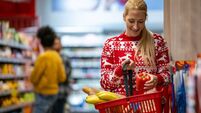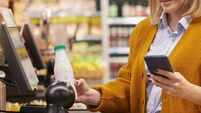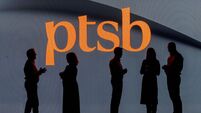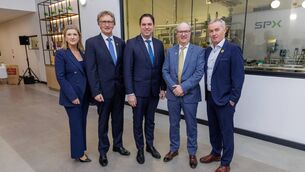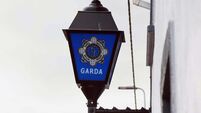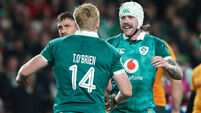Grocery price inflation hits lowest rate since November, but remains 'incredibly high'
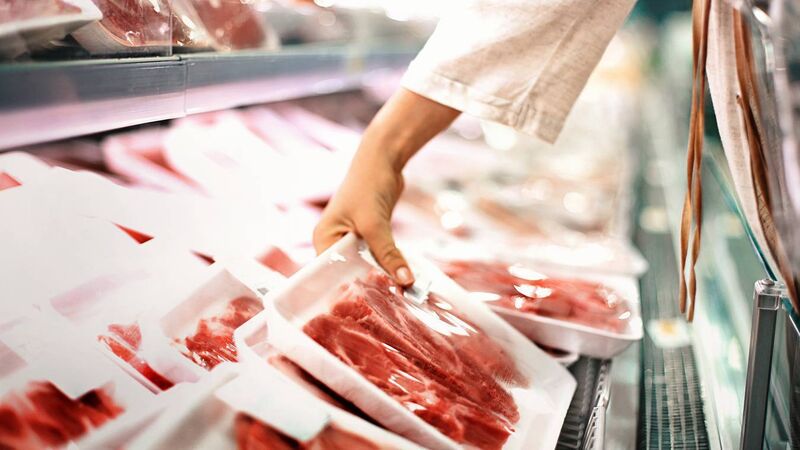
Wet weather during July saw spending barbeque essentials like chilled burgers and grills drop by €493,000 compared to last year.
Annual grocery price inflation has declined for the third month in a row reaching the lowest levels seen since November last year, new data from research firm Kantar shows.
According to the data, grocery price inflation in the 12 weeks to August 6 stood at 12.8% down from 14.7% recorded in July. Price inflation peaked in May when it hit 16.5%.
Kantar’s data is based on the prices of over 30,000 identical products compared year-on-year. The average increase in the household weekly grocery shop is €9.10 compared to last year.
Emer Healy, business development director at Kantar, said this marks the third straight month of declines in grocery price inflation but this rate remains “incredibly high”.
“This is the lowest level we have seen over the past 10 months, and we expect to see a continued gradual decline in inflation rates over the coming months.”
Ms Healy said the good news is that the slowdown in grocery inflation is starting to be seen in the prices on the shelves.
“Compared to May, when grocery inflation hit its highest peak of 16.5%, we are starting to see a slight decline in average prices on essential lines. As a result, we are spending €0.36 less on butter, milk and cheese combined,” she said.
Supermarket own-brand items are proving increasingly popular with customers with sales increasing by 13% in the three months to August 6 compared to a 5.7% increase in name-brand item sales.
For the third consecutive month, own-brand items retained a higher share of the market than name-brand items, hitting a value share of 48.1% compared to branded share at 46.3%.
With poor weather seen in July, customers decided not to spend as much on barbeque essentials with spending on chilled burgers and grills down by €493,000 compared to last year. Spending on prepared salads was also down €1.3m compared to last year.
There was also €2.5m less spent on ice cream and €2.3m less spent on fruit squash and mineral water.
With more time being spent indoors, the sale of take-home confectionery and take-home savouries rose by €4.7m and €2.6m respectively. In addition, consumers spent an additional €2.8m on soup and hot beverages.
In terms of supermarket share of consumer spending, Dunnes Stores and Tesco grew their shares to 22.6% each. Lidl was the only other major supermarket to increase their share, growing from 13.4% to 13.8%.
Supervalu’s share dropped from 21.5% to 20.9% while Aldi’s dropped from 12.8% to 12.6%.
Compared to the same period last year, customers were in stores 2.7% more often, however, there has been a slight drop in frequency of trips month-to-month down 0.5% from July. Footfall was down for the fifth month in a row with people making 882,000 fewer trips than last month.
Supervalu’s shoppers made the most trips to their store when compared to all retailers with 22.2 trips on average, which is up 5.8% year-on-year. Tesco has seen the strongest growth in footfall, up 16.9% compared to last year.



